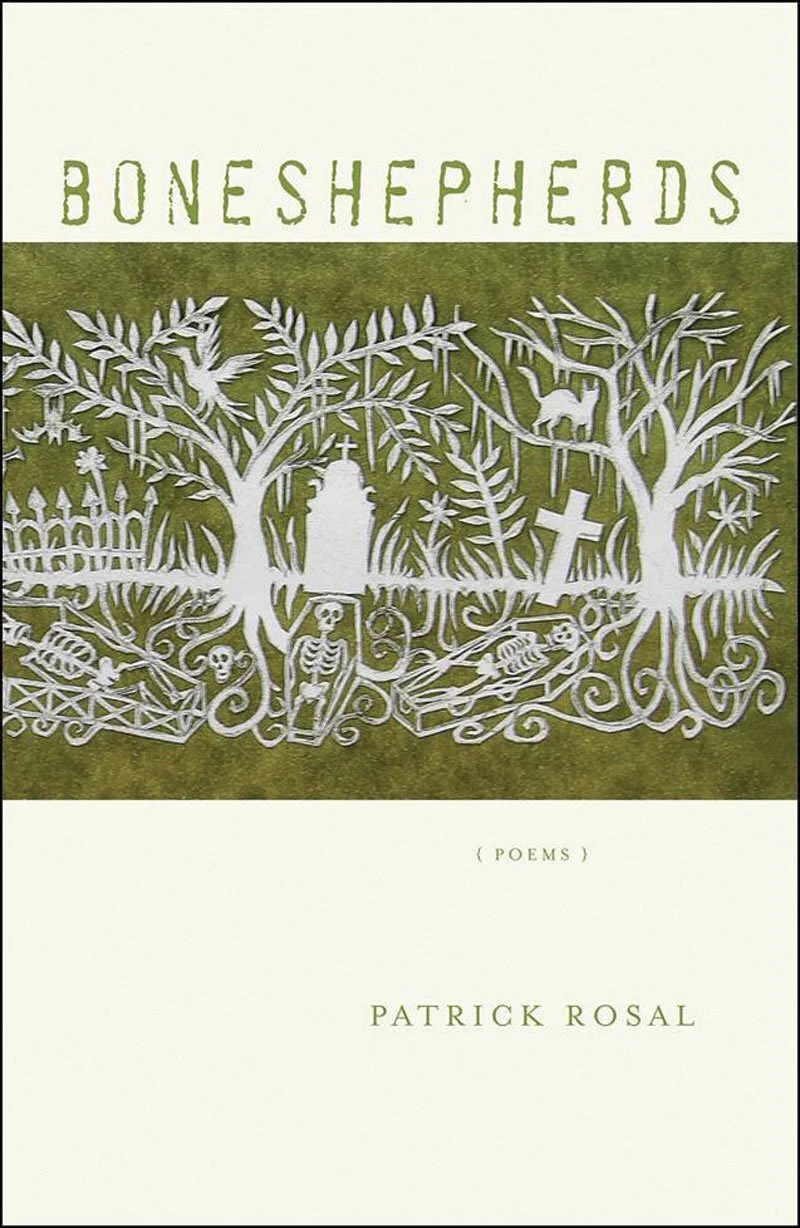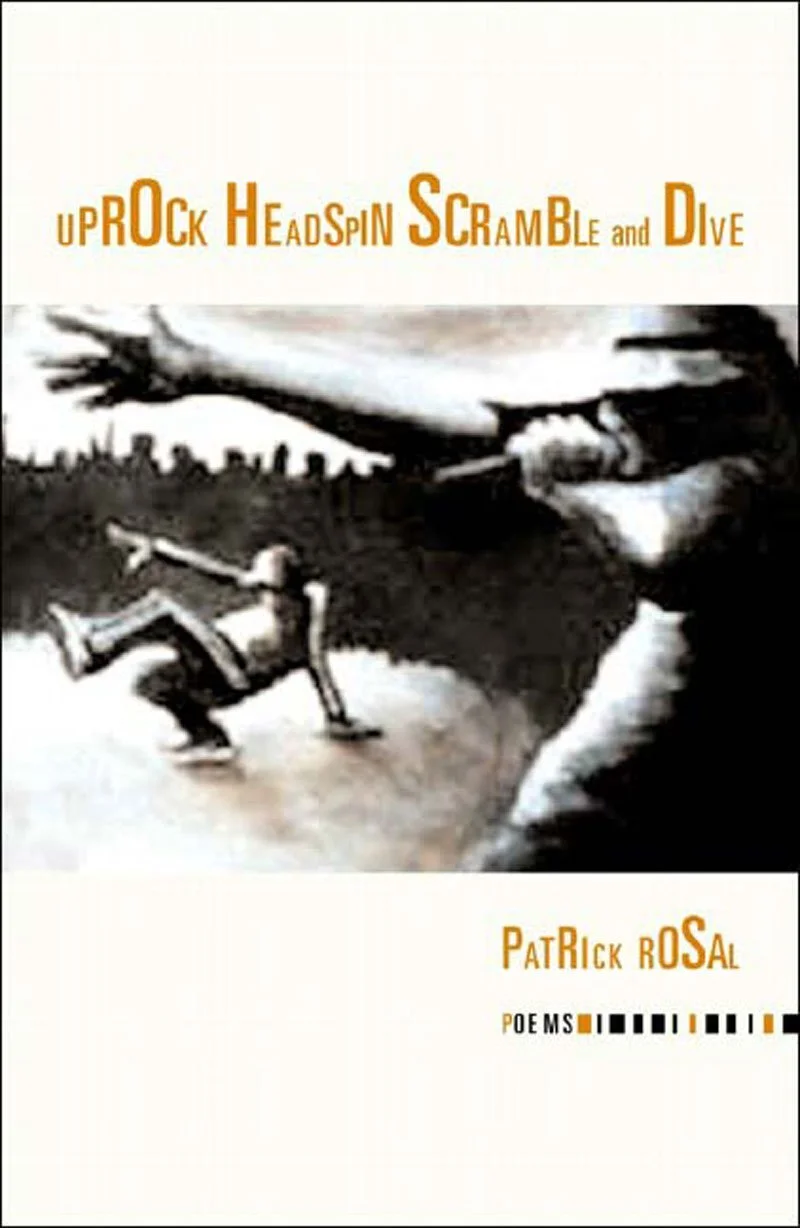Atang: an altar for listening to the beginning of the world is a book-length essay composed in fragments prayers collages photos songs mistakes offerings thefts odes memories forgettings sins confessions whimsies wonders hallelujahs hallucinations untranslations spells confusions dreams conjectures lies curses incantations and other artifacts about history, ritual, play, the imagination, language, dance, and music. Made public in April 2021, the book emerges 500 years after Lapu Lapu and the people of Mactan defeated Magellan and his forces.
download
the e-book
for free here
Listen
to “La Fé de Enrique”
here
Atang: an altar for listening
to the beginning of the world
Atang is a different kind of book. I mean, it’s like the other books I’ve written in that it took years to generate the text and the images. However, this book is completely free. It has no ISBN or copyright and isn’t distributed in any typical retail settings. So, it is an experiment in the tradition of Filipinos and other folks’ cultures who are inclined to give things away, especially things that are dear to them. Atang is also an homage to the amateur, as I have no real credentials in book design or visual art; nor have I been formally trained in any conceptual modes. In a lot of ways this is a love letter for all the gathering and making in my childhood neighborhood in New Jersey and in the house that my mother made with her trans-oceanic memory. With this experiment, I hope to acknowledge more intentionally how making anything meaningful is a collaboration with the living and the dead and the yet-to-be-born, so Atang includes not just commentary on collaborative and improvisational practices but artifacts of them. In short, the book is part of a somewhat larger continuum of practices and experiences that I share with people I care about and who care about me.
One other thing: in addition to the stories and questions inside , what else is dear to me about this book-object is an envelope in the back cover which makes each hardcopy unique. Let me explain…
In January 2020, I began a ritual by building a small altar in the tradition of my family so that I could make offerings — what we call atang. On and off throughout that year, the pandemic, and into 2021, I’d write to my mother — who passed away in 1995. And I’d do so kneeling before that altar, hoping to get a sense of this massive sadness I’d been carrying around, all the questions I never asked, all the anger (my own mostly) and all the history that I didn’t understand. In this on-and-off practice I got down on the ground, and on a scroll of brown butcher paper I started to write to my mom. I started to listen. And I ended up with a strange epistle, an artifact of my listening.
The envelope in each copy of Atang contains an original fragment from the scroll of butcher paper on which I wrote to my mother. When I finally unrolled the text it stretched the length of our hallway, a good twenty feet. It’s a handwritten essay or prayer or lamentation; it records our search for a home, the beginning of the pandemic, so many questions about my mom’s life. In the end, it is a record of how I let go of a good deal of my rage and sadness. Mary Rose and I cut the scroll into pieces so that each book could carry one or a few lines from the prayer / letter / poem to my mother. Much of Atang itself is about ritual and gathering. And the final gesture of this long improvised ritual is to pass along the fragments of my conversation with my mom to would-be stewards — family, friends, beloveds, and strangers alike.
At this time there are no plans to print more physical editions of Atang. However, the e-book (pdf) is also free and downloadable via the link to the left.





